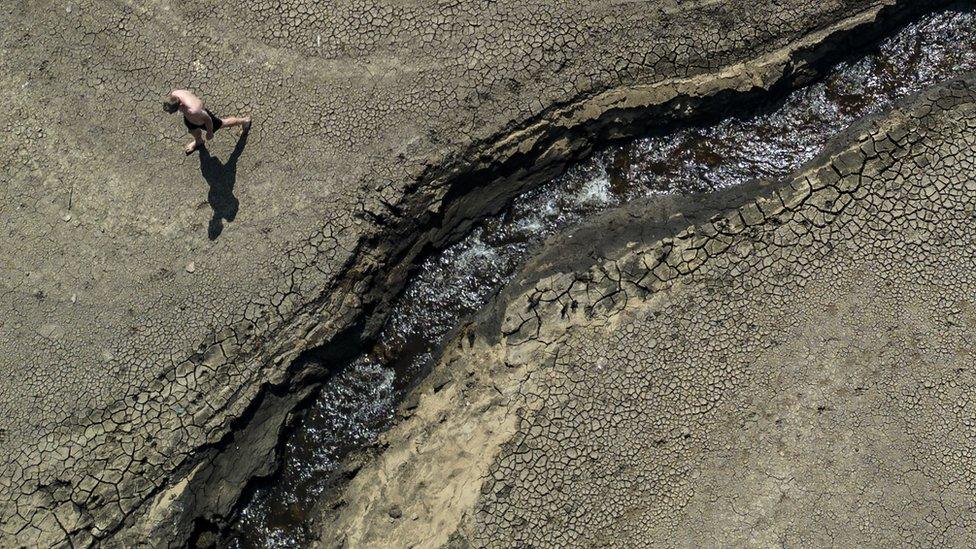Yorkshire: Drought status declared by Environment Agency
- Published
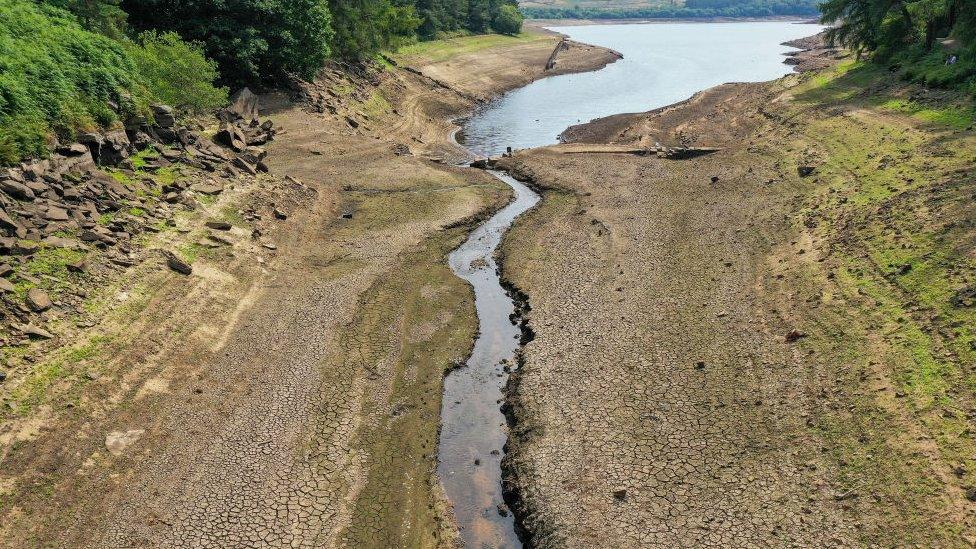
The prolonged dry spell has seen levels in Yorkshire's reservoirs drop substantially
A drought has been officially declared across Yorkshire by the Environment Agency.
It comes just days after large parts of southern, central and eastern England were also declared drought areas.
The agency said Yorkshire recorded below long-term average rainfall for the fifth month in a row in July.
Yorkshire Water has previously announced a hosepipe ban will come into force on 26 August. The last drought in the region was in autumn 2018.
The Environment Agency (EA) said the move to drought status does not automatically trigger action, but allows the agency and water companies to increase efforts to manage the impact.
Victoria Slingsby, environment planning and engagement manager for the EA in Yorkshire, said recent high temperatures had "exacerbated pressures on wildlife and our water environment".
"We are experiencing some much-needed rain this week, but it will not be enough to correct weeks of dry weather, and it will take more prolonged rainfall to wet up soils and replenish rivers, reservoirs and groundwater levels.
"It's important for everyone to manage the amount of water they are using in this exceptionally dry period."
As well as the impending hosepipe ban, a drought order has been approved to prevent historic mill reservoir Holme Styes in Holmfirth from drying up.

Where are the drought zones?

Yorkshire
Devon and Cornwall
Solent and South Downs
Kent and South London
Herts and North London
East Anglia
Thames
Lincolnshire
Northamptonshire and East Midlands

The decision to move to drought status is made by the EA at a local level and is based on low river flows, groundwater and reservoir levels.
Other issues considered are rainfall totals, how dry the soil is and the impact the weather is having on those who take water from rivers, such as farmers.
Previous droughts, in 1976 and 2018, were caused by a prolonged period of dry weather through the spring and then an unusually warm summer.
In 2018, the widespread drought led to crop failures, which raised food prices, and multiple water restrictions were put in place.
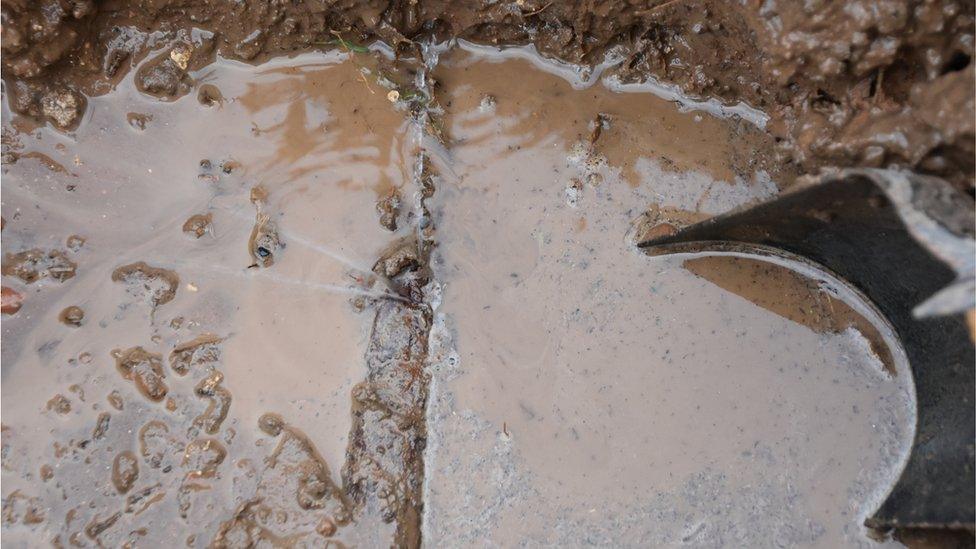
Yorkshire Water said it was fixing 200 leaks a week
Yorkshire Water's own figures suggest, on average, it loses 283 megalitres a day through leaks and regulator Ofwat urged companies in July to do more to reduce the amount of water lost in this way.
Neil Dewis, the firm's director of water, said the company was investing heavily in reducing water losses through leaks.
"We've been achieving our leakage target for the last two years," he said.
"We've got additional gangs on working 24/7 and we're fixing around 200 leaks a week."
The dry weather does cause more fractures and breaks to water pipes, according to Dr Fleur Loveridge, from the University of Leeds' School of Civil Engineering.
"As the soil dries it contracts in volume and as it contracts in volume it can settle and those movements, maybe cracking as well, can put extra stresses on the pipes and remove support to them."

Follow BBC Yorkshire on Facebook, external, Twitter, external and Instagram, external. Send your story ideas to yorkslincs.news@bbc.co.uk or send video here.
Related topics
- Published12 August 2022
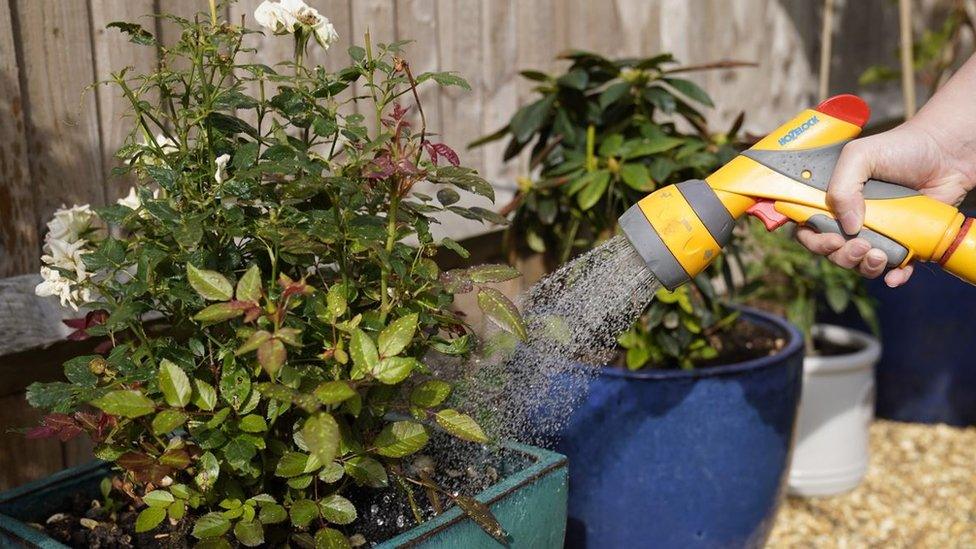
- Published30 August 2022
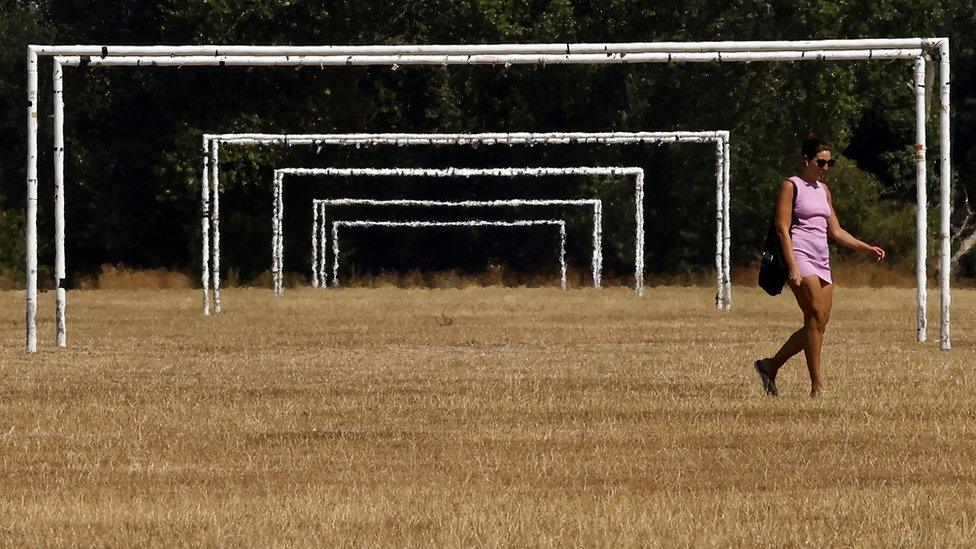
- Published26 July 2022
